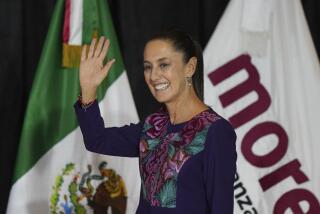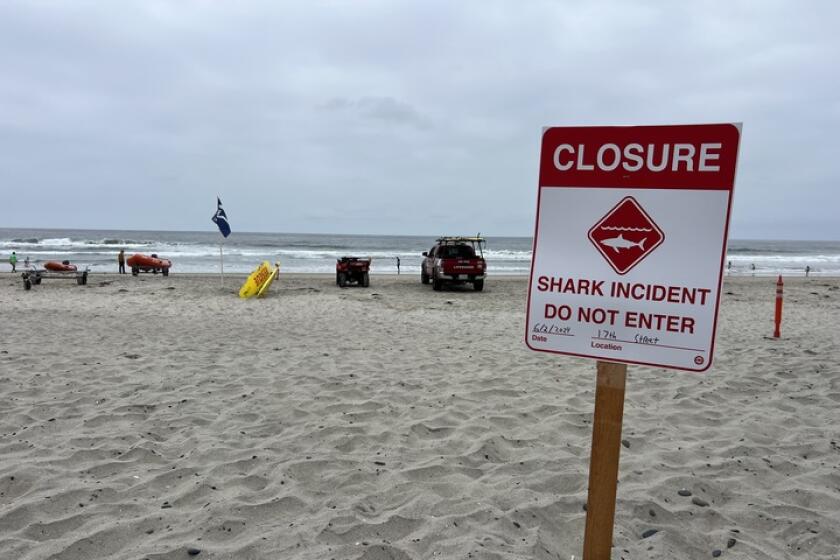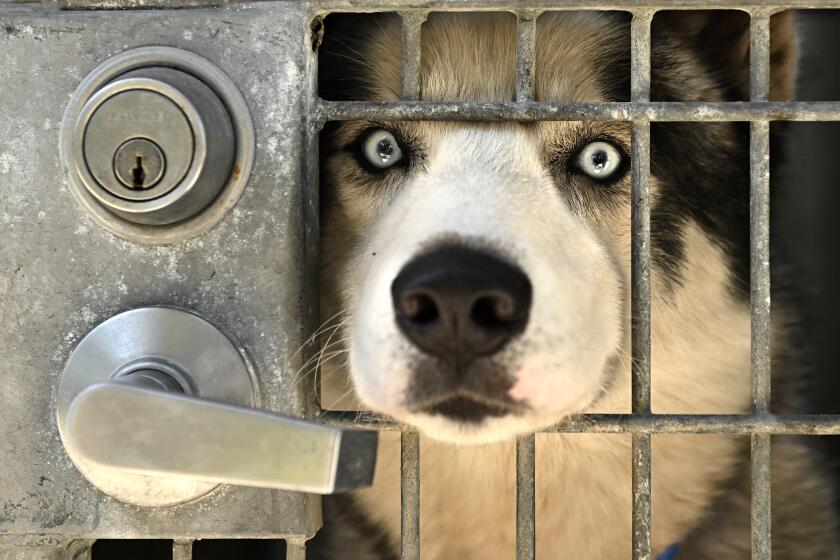Ranchers weather a long dry spell
The tawny flats of Warbonnet Ranch shivered as a stiff wind rummaged through grass coaxed from the ground by summer rain.
The grass and the rain, scant though they were, bought Larry Todd another season, maybe two. And on the parched ranges of southeastern Arizona in the middle of a drought, a rancher and his cattle can’t ask for much more. Unless it’s just more.
“This is good country if you get the rain,” said Todd, who bought the ranch near Willcox, Ariz., in 1980 after fleeing the cooped-up Montana winters. “We had a pretty good summer, but it’s getting pretty daggone dry again. If we don’t get something this winter and spring ... it’s gonna be tough.”
Todd knows tough. Drought forced him to sell nearly all of his cattle five years ago and take a job in town to keep groceries in the pantry. But he refused to sell the ranch and has rebuilt the herd to about 250 head, still only about half of what he had owned.
His story rings true to most Arizona ranchers, battle-weary veterans of an 11-year-old drought that has bruised their billion-dollar industry, pushing another of the vaunted “Five C’s” of the state’s traditional economy (cattle, citrus, climate, copper and cotton) closer to extinction.
But more have weathered the drought than have surrendered, and despite mounting losses, many insist they won’t quit.
“It’s gonna have to get a lot tougher than it is before we’ll sell,” Todd said. “I’m not sure where a person could go anyway.... There’s drought everywhere.”
The Warbonnet Ranch compound crouches in a ragged box canyon 18 miles from town.
Snow falls in the highest reaches during the winter but not enough to shut down the ranch, and that’s why Todd uprooted his family from Montana 26 years ago to scratch out a life in Arizona’s low desert.
“I got tired of the cold, windy winters,” he said. “I was spending too much time haying or irrigating. I wanted to spend more time riding.”
In the cold country, cattle graze the range in the spring and summer while the ranchers tend hay crops. Before the snow flies, ranchers bring the cattle back, corralling them in pastures, where they will be fed all winter.
Without snow, cattle can graze all year, moving from pasture to pasture. It works as long as the summer rains and mountain snows keep the forage growing. When drought strikes, so do the realities of ranching in the desert.
Warbonnet Ranch encompasses about 17,000 acres, but Todd owns just a fraction of that. In Arizona, almost no rancher can afford to own all of the land that ranching requires. Forage -- the brush, grass and trees that cows eat -- grows sparsely and cattle can chew through an acre quickly.
So ranchers lease grazing rights from the state and the federal government under the 1934 Taylor Grazing Act. Ranchers pay $1.56 a month for each cow and calf on federal lands and $2.52 a month on state trust lands. Environmentalists have long complained about grazing fees, arguing that they amount to welfare for ranchers.
But what federal rules can give, drought and poor range conditions take away. The federal agencies that oversee grazing pastures, the U.S. Forest Service and the Bureau of Land Management, assess the range each year and determine how many cattle the land can support.
Arizona’s continuing drought reminded ranchers of that reality. In 2002, the driest year of this cycle, the Tonto National Forest sharply reduced the number of cattle allowed to graze, and by fall, the herds had shrunk to barely 8% of normal capacity, according to University of Arizona livestock specialist Robert Kattnig.
When the government cuts grazing rights, ranchers face two choices: Buy hay and food supplements or reduce the herd. Few ranchers can afford to buy hay on the market for a large herd, so most sell, often for prices far below what they could have received normally.
The economic effects of the drought could take years to measure, but in his study, Kattnig predicted huge losses.
In 2000, he said, calves and yearling cattle sales in Arizona generated more than $600 million. During the worst years of the drought, only about one-third of the typical herd numbers remained, resulting in a loss of $400 million in revenue.
Using a formula to measure the effects on the total economy, Kattnig said the real loss to the state was closer to $2.8 billion.
Ranching has suffered losses in the state even without the extended drought. Since 1986, the number of beef cattle has dropped to an estimated 190,000 this year from about 293,000, according to the U.S. Department of Agriculture. The number of cattle operations fell to about 1,900 from 3,000 in the same period.
Some effects do not translate well to statistics. Cattle raised and grazed on the range know the country and they teach it to their calves.
“They know where the water is, the trails,” Todd said. “The new ones don’t.” That makes more work for ranch hands, who chase down more strays and spend more time guiding the animals to watering holes.
Wilma Renken is a rangeland management specialist in the Willcox, Ariz., office of the USDA’s Natural Resources Conservation Service. She spends many of her days out with ranchers, helping them learn how to keep cattle in an impossible environment.
“You have to listen to what the soil tells you,” she said. “When you lose the soil, you lose it all.”
More to Read
More to Read
More to Read
Start your day right
Sign up for Essential California for news, features and recommendations from the L.A. Times and beyond in your inbox six days a week.
You may occasionally receive promotional content from the Los Angeles Times.






